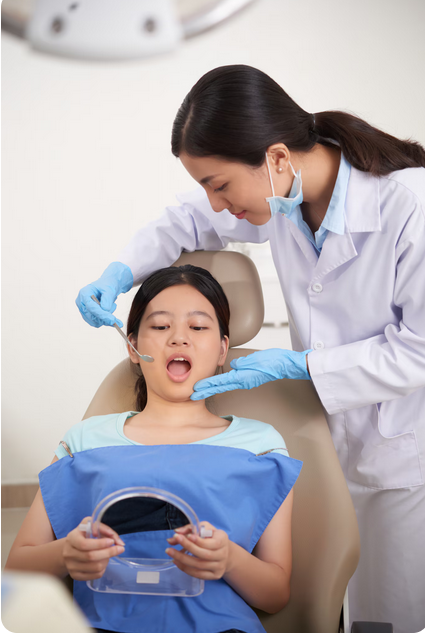Laser teeth whitening is an increasingly popular cosmetic procedure that can transform your smile quickly and effectively. However, if you have gum disease, such as gingivitis or periodontitis, there are important considerations to keep in mind before opting for laser whitening.
Understanding Gum Disease
Gum disease is an infection and inflammation of the gums caused by plaque buildup. It ranges from mild gingivitis (gum redness, swelling, and bleeding) to more severe periodontitis, which can damage the supporting structures of the teeth.
Common symptoms include:
- Red, swollen, or bleeding gums
- Gum recession exposing tooth roots
- Persistent bad breath
- Loose teeth in advanced cases
Gum disease requires professional treatment and management to prevent progression and maintain oral health.
Why Gum Disease Affects Laser Teeth Whitening
Laser teeth whitening uses strong bleaching agents (usually hydrogen peroxide) activated by a laser or light source. While effective, these agents can irritate sensitive or inflamed gum tissue.
If you have gum disease:
- The gums are often more sensitive and prone to irritation
- Gum recession may expose the root surfaces, which do not whiten like enamel and are sensitive to bleaching agents
- Inflammation can cause uneven whitening or discomfort during treatment
Risks of Whitening with Active Gum Disease
- Increased Gum Sensitivity and Pain
The bleaching agents can worsen gum inflammation, causing burning sensations, redness, or soreness. - Potential for Uneven Whitening
Exposed roots due to gum recession will not whiten, leading to color mismatches and unsatisfactory cosmetic results. - Delayed Healing and Complications
If your gums are not healthy, whitening can disrupt the delicate healing process and increase infection risk.
What to Do if You Have Gum Disease and Want Whitening
1. Get Gum Disease Treated First
Before undergoing any whitening procedure, it’s essential to:
- See your dentist or periodontist for a thorough exam
- Complete any necessary treatments such as scaling and root planing (deep cleaning), antibiotics, or other therapies
- Allow time for gum tissues to heal and inflammation to subside
Only once your gums are healthy can whitening be considered safe and effective.
2. Consider Alternative Whitening Options
If your gums are still sensitive or at risk:
- Use take-home whitening trays with lower concentrations of bleaching agents
- Try whitening toothpaste or rinses to gradually brighten teeth
- Avoid aggressive in-office laser whitening until gum health improves
How Dentists Modify Whitening for Patients with Gum Disease
When whitening is appropriate, your dentist may take special precautions such as:
- Applying protective barriers to shield gums from bleaching gels
- Using desensitizing agents before and after treatment to reduce discomfort
- Shortening treatment times or scheduling multiple gentle sessions instead of one long procedure
- Closely monitoring gum response throughout the process
Maintaining Gum Health After Whitening
After your whitening treatment:
- Maintain excellent oral hygiene with gentle brushing and flossing
- Use a soft-bristled toothbrush to protect sensitive gums
- Avoid smoking, acidic foods, and staining beverages that can worsen gum disease and discolor teeth
- Schedule regular dental check-ups to monitor gum health and maintain your bright smile
When to Avoid Laser Whitening Completely
If you have:
- Active, untreated periodontitis with significant gum recession
- Severe gum pain or infection
- Compromised immune system affecting healing
Your dentist may advise postponing laser whitening until your gums are fully healed or may suggest alternative cosmetic treatments that don’t irritate your gums.
Final Thoughts
Laser teeth whitening can provide excellent results, but for patients with gum disease, gum health must come first. Prioritizing treatment and stabilization of your gums will not only improve your oral health but also ensure your whitening results are safe, comfortable, and long-lasting.
Always consult your dental professional to develop a treatment plan tailored to your needs and oral condition.




